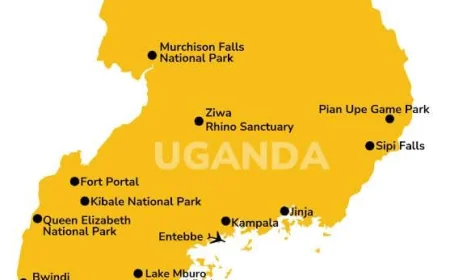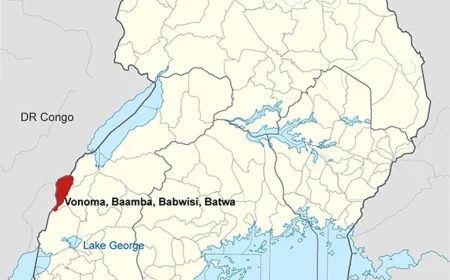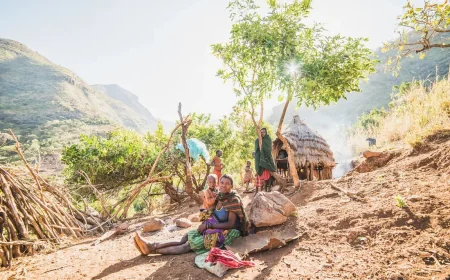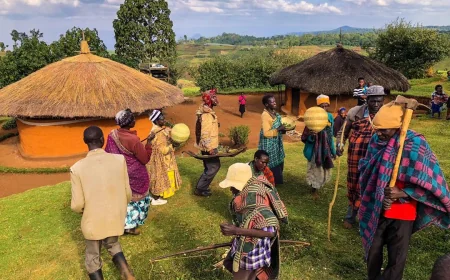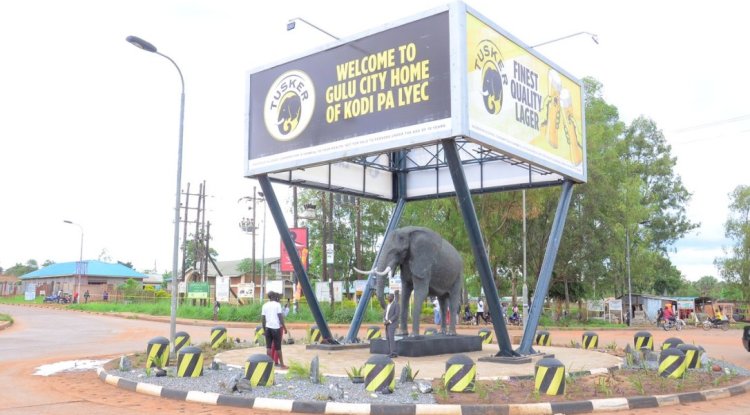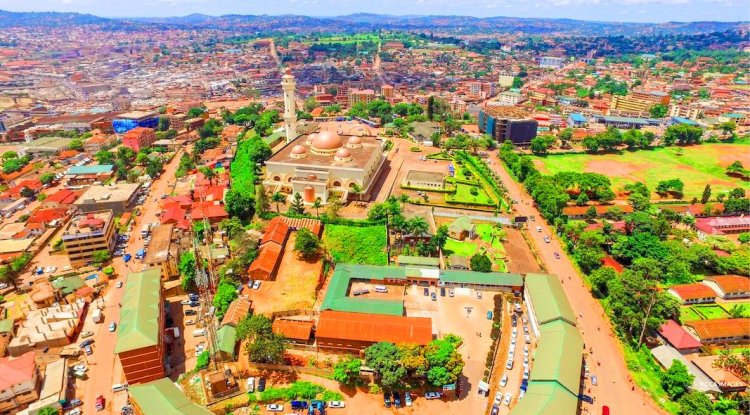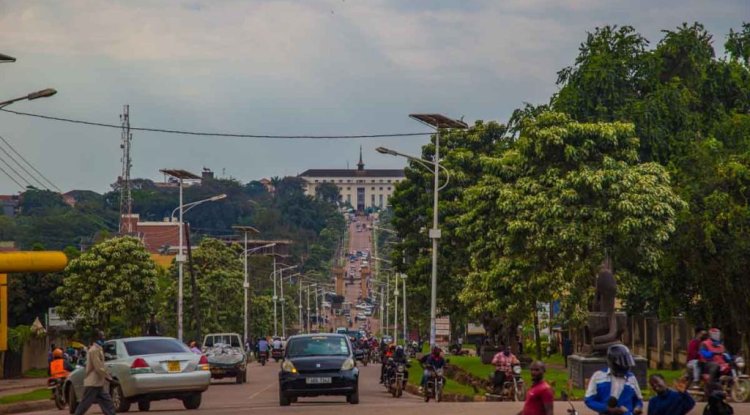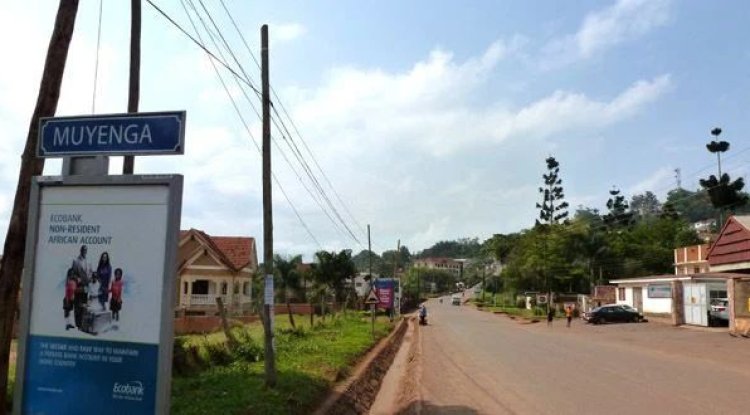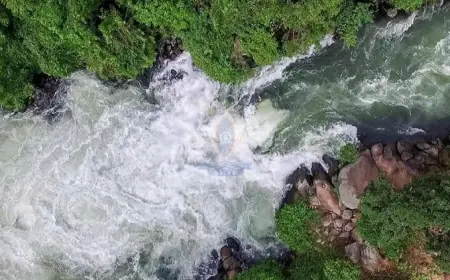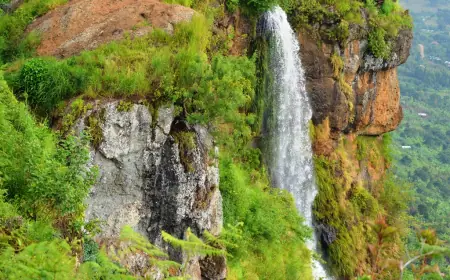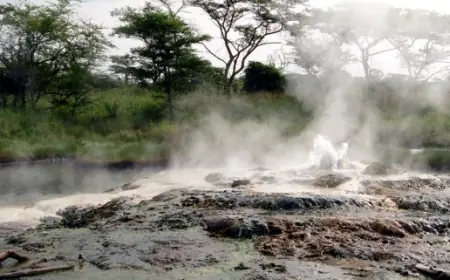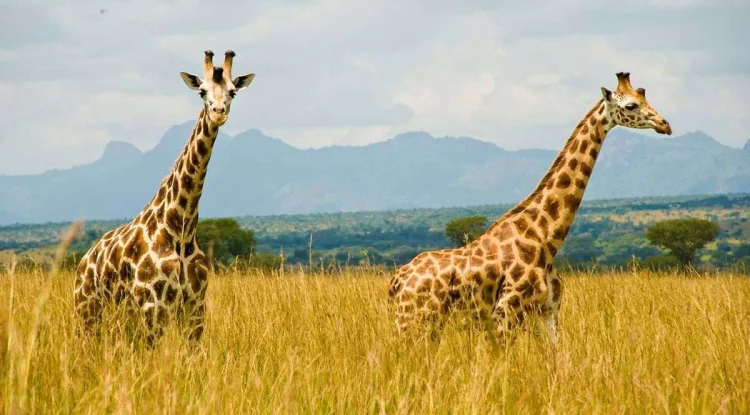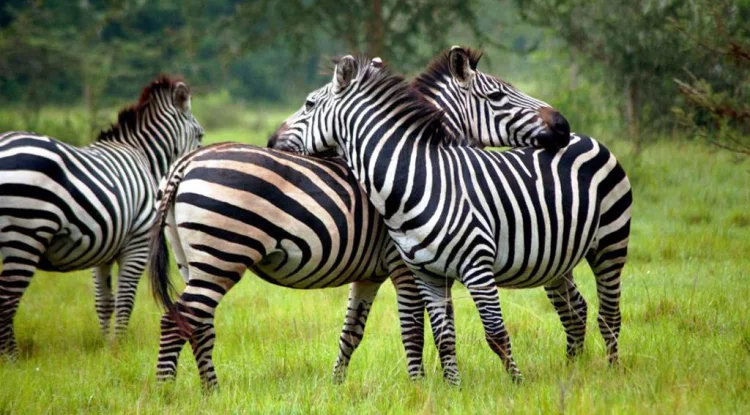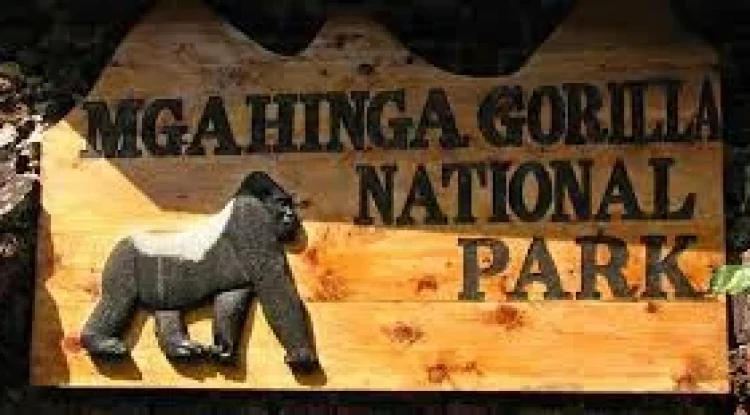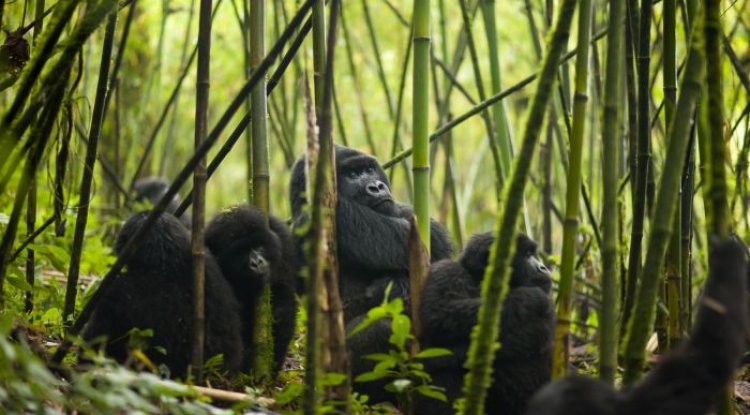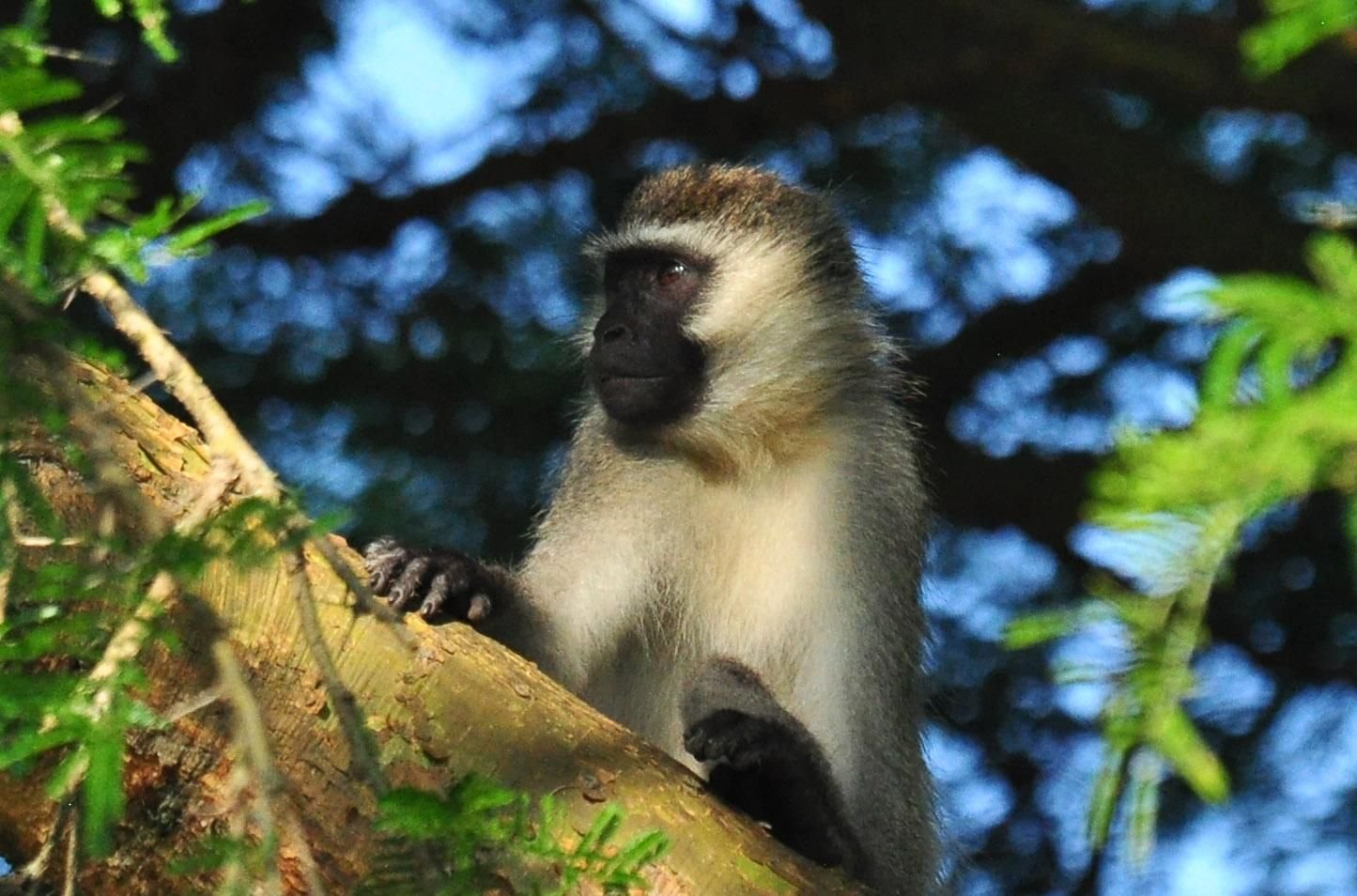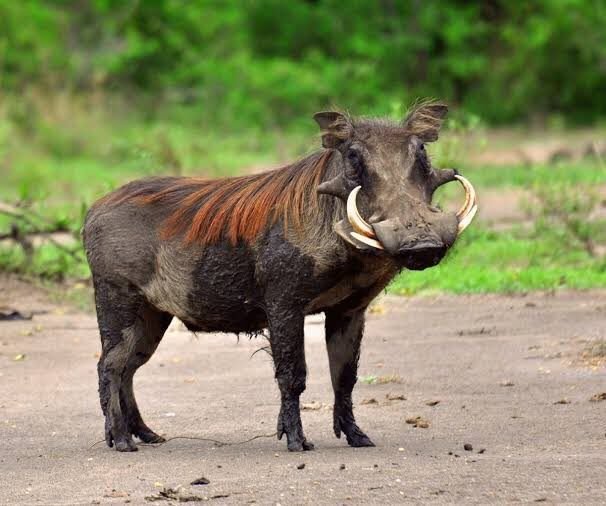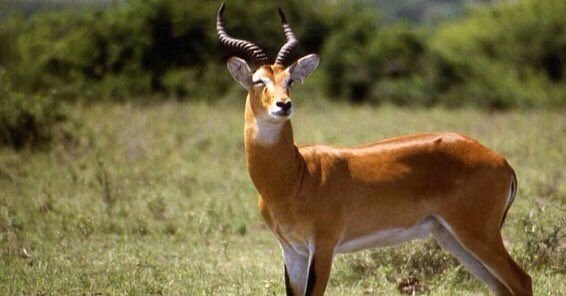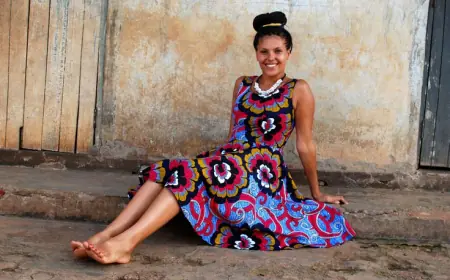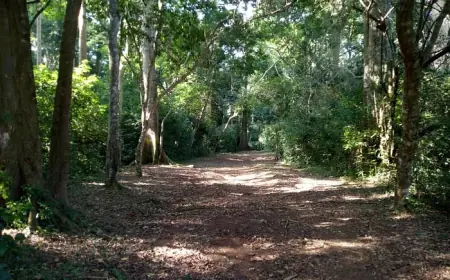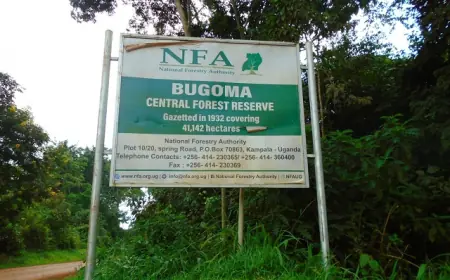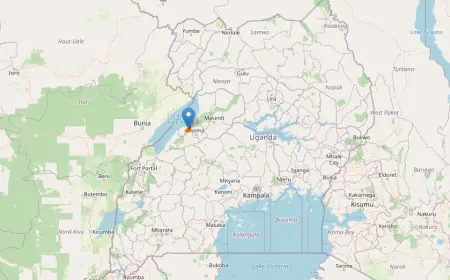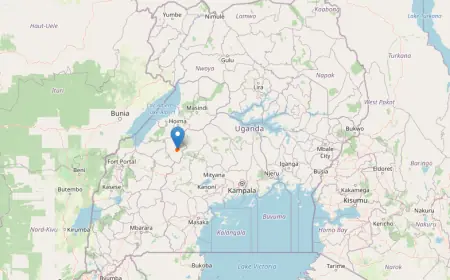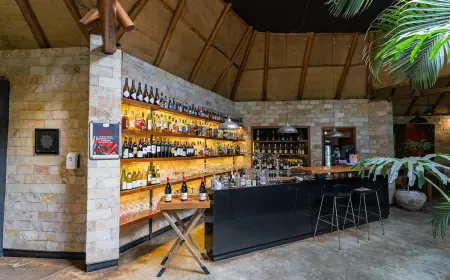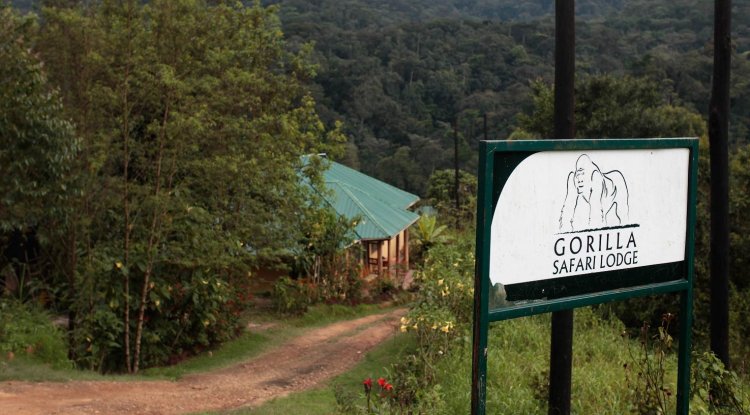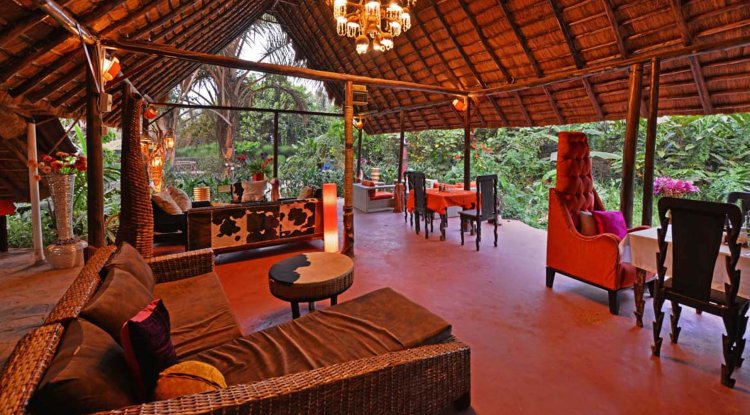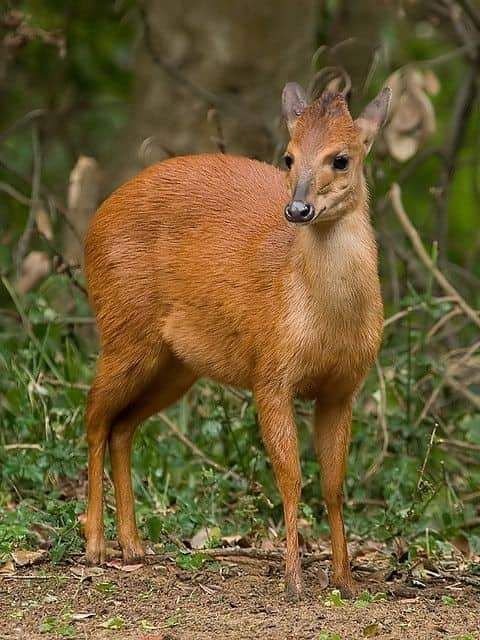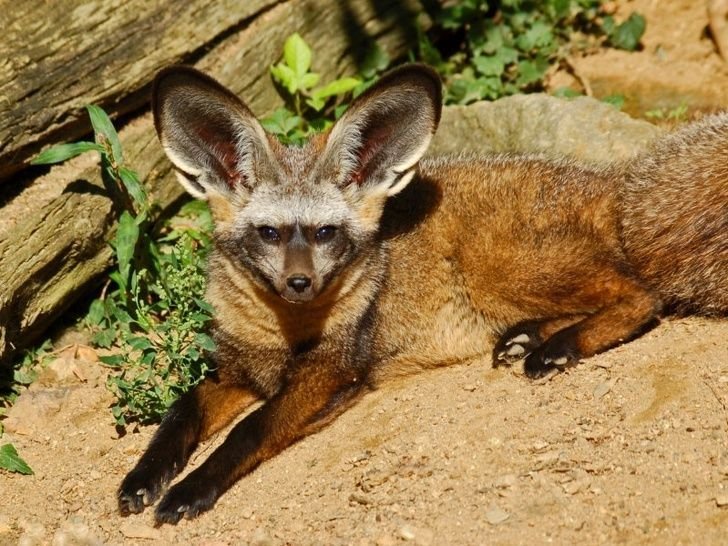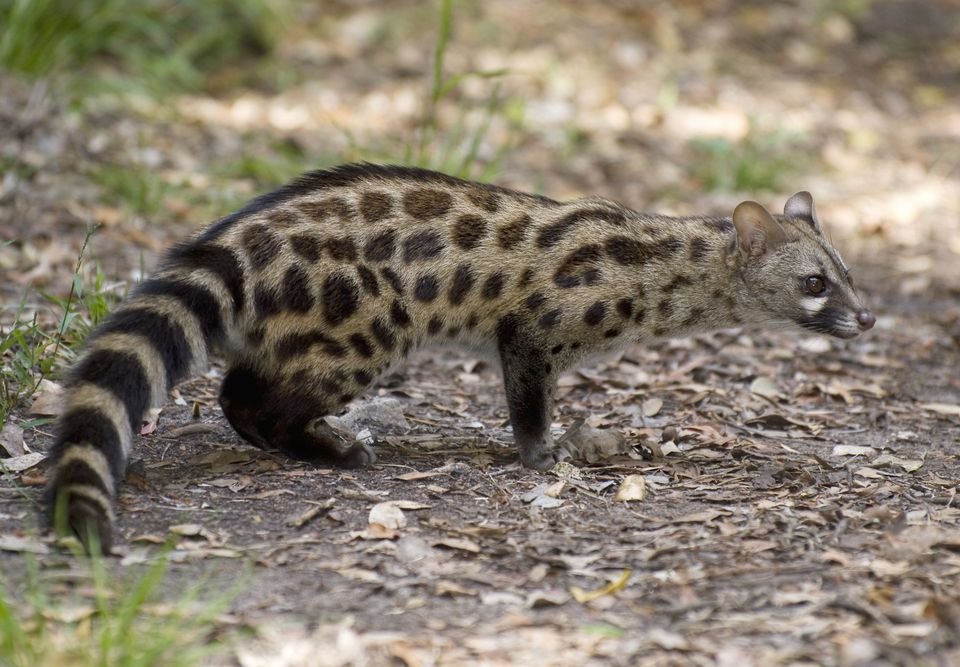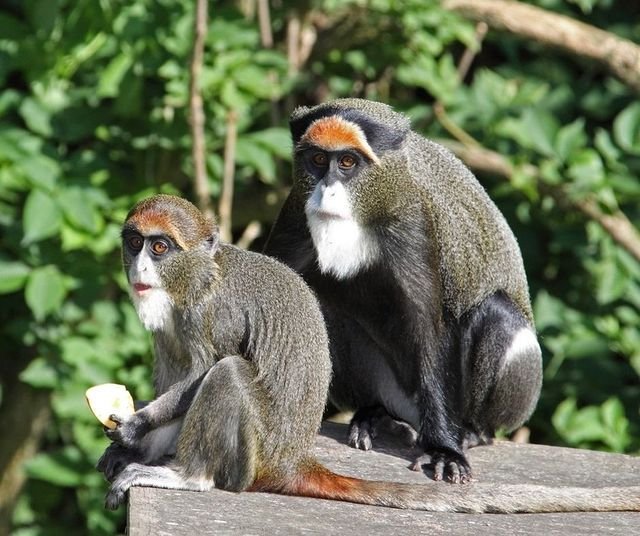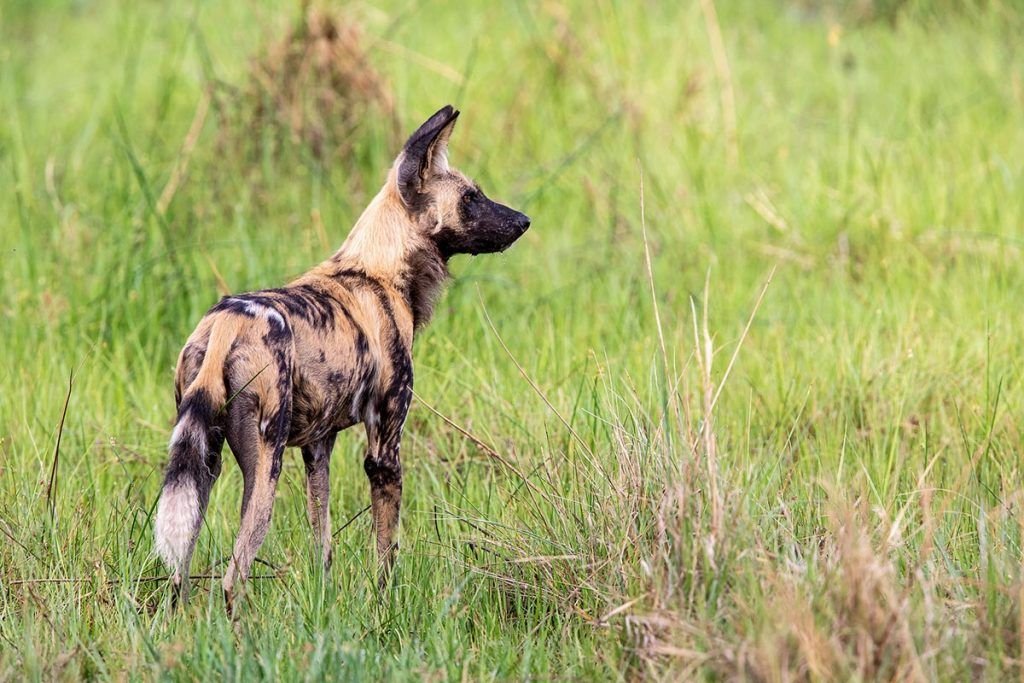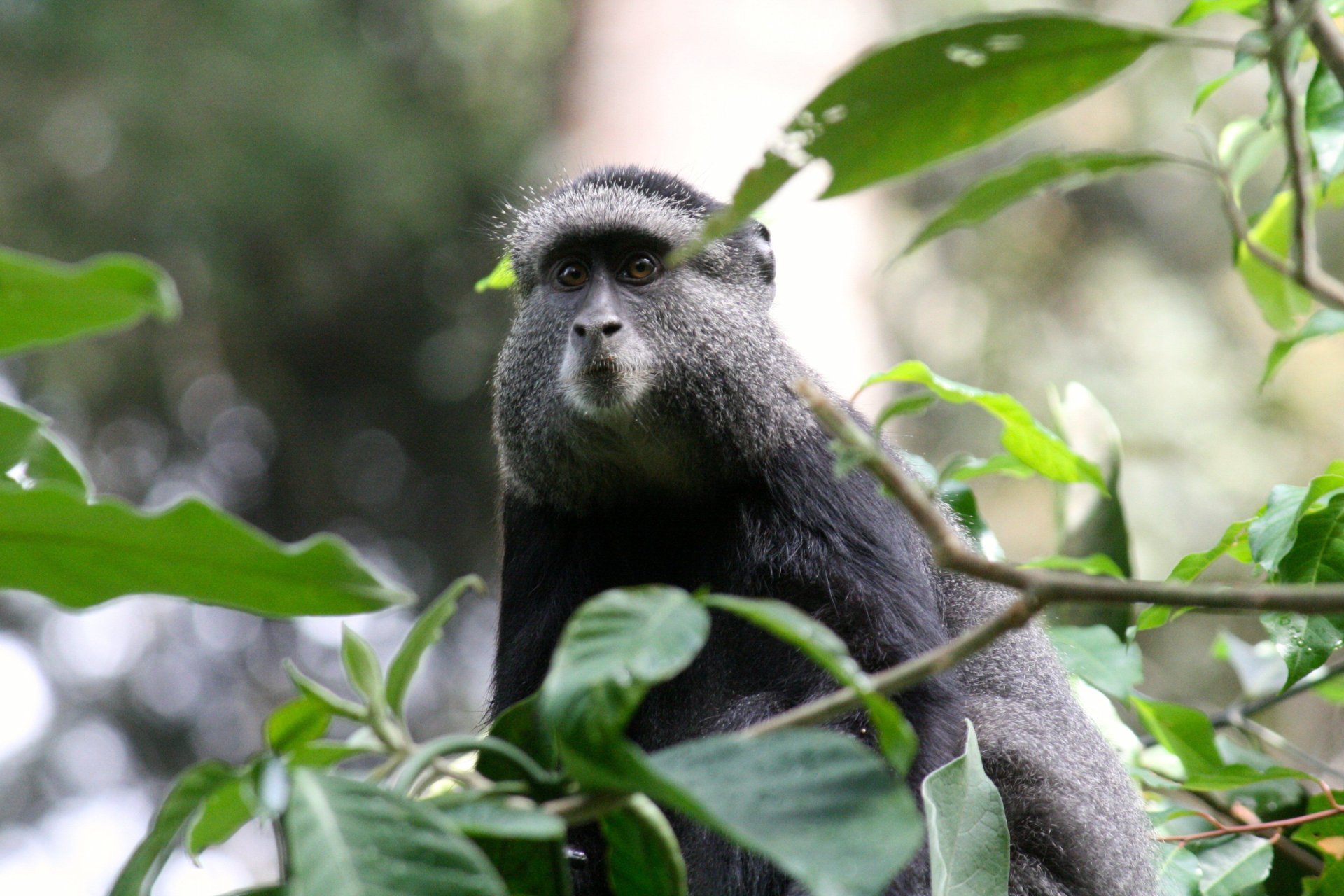Roan antelope
The roan antelope in Uganda is very rare. There are only a few left in the Pian Upe Game Reserve, and the Kidepo Valley and Lake Mburo National Parks no longer have any.
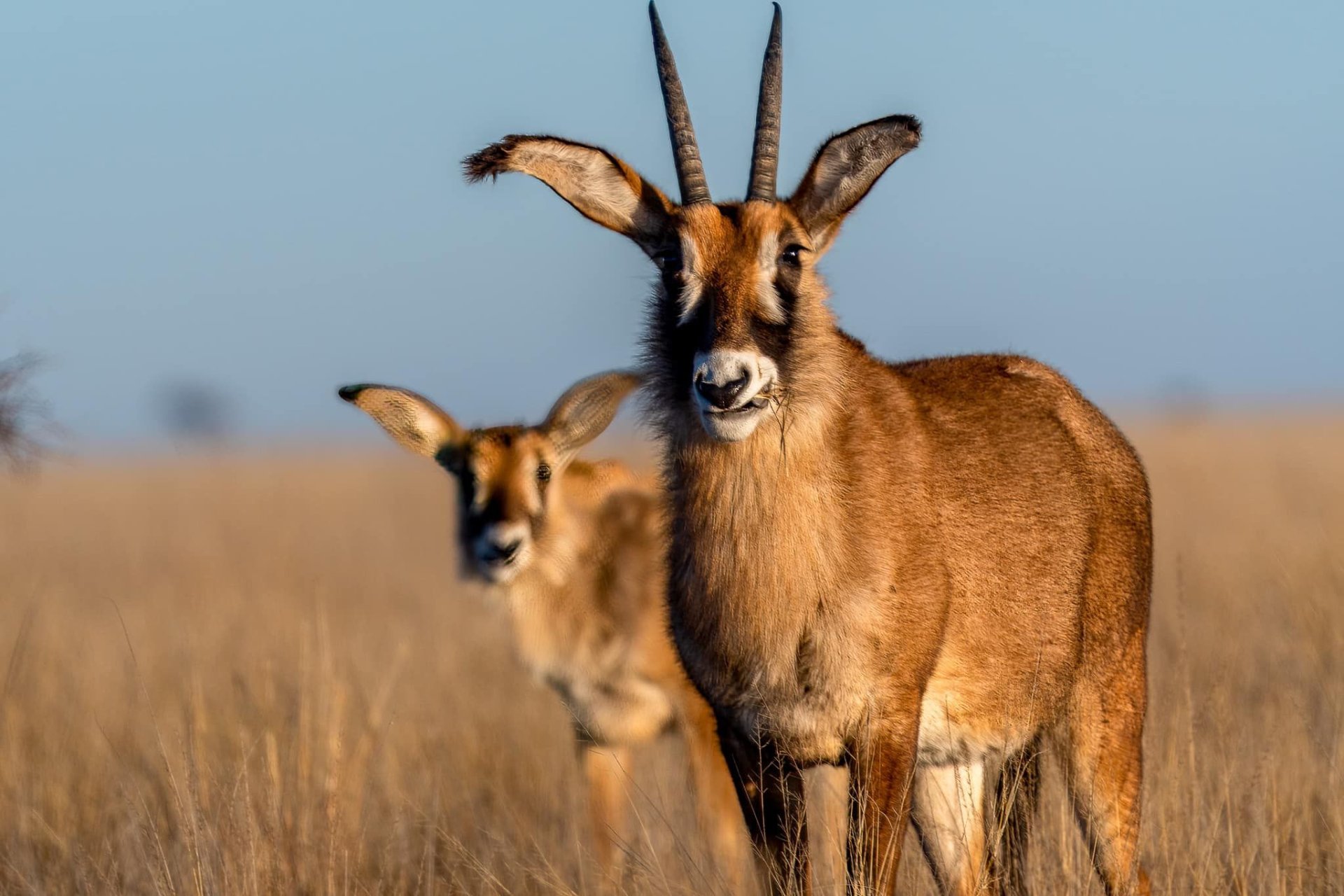
Among antelope species, the roan antelope is among the largest, with only the eland, bongo, and huge male greater kudu being heavier.
Despite being called "roan" because of their reddish brown coats, these horses actually have lighter bellies, whiter brows and cheeks, and black faces (though the females are slightly paler). Their short, stiff manes contrast with their extremely slight beards and large, scarlet nostrils. Males' horns can grow to be three feet and three inches long (one metre), while females' horns are typically only a little over a foot (0.1 m) in length. They have a small rearward arch.
Where their ranges overlap, people often mistake them for sable antelope because of their similar looks. Male sable antelope are more of a brownish-black colour, whereas males are lighter.
Roan antelope Behaviour
Roan antelope are most active in the early morning and late evening, when the temperature is lower. Unless threatened, they are not shy animals. Although they are capable of speeds of up to 57 kilometres per hour, when startled, they typically only run a short distance before turning around to examine what caused the commotion.
Roan antelope live in herds of 6 to 15 animals, with the maximum number being 35. A pack is usually made up of one dominant male, several females, and their young.
There is a clear hierarchy among the females in the herd, with one member taking the role of alpha. Male juveniles are usually kicked out of the herd at around three years of age, but female adolescents usually stick around until the population gets too big.
At around 5 or 6 years old, bachelor herds disband, and the males try to establish dominance over a new herd of females. The bachelor group's alpha male is the first to amass a flock of bachelorettes.
Roan antelope Diet.
Roan antelope are mostly herbivores that will switch to browsing if they have to make do with less desirable options, such as stems. Green shoots are often grazed down to 2 cm in height, however the ideal feeding height is 15–150 cm.
The roan antelope is a diurnal grazer that prefers to forage for grass and other plants first thing in the morning and last thing at day's end before seeking shelter in the shade of trees during the heat of the day.
Seeing Roan Antelope in Uganda: Best Spots to Look
The roan antelope in Uganda is very rare. There are only a few left in the Pian Upe Game Reserve, and the Kidepo Valley and Lake Mburo National Parks no longer have any.
What's Your Reaction?
 Like
0
Like
0
 Dislike
0
Dislike
0
 Love
0
Love
0
 Funny
0
Funny
0
 Angry
0
Angry
0
 Sad
0
Sad
0
 Wow
0
Wow
0
